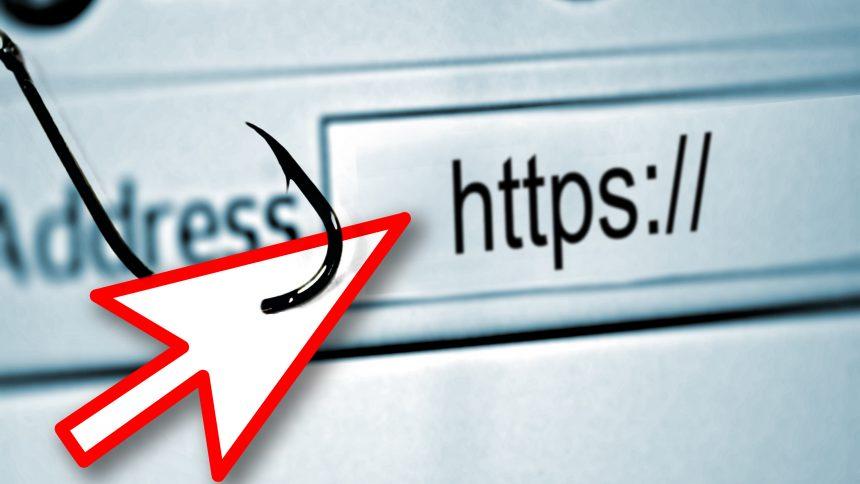Cavernexplorer has emerged as a notorious browser hijacker, unleashing a wave of intrusive advertising activities on unsuspecting users. If you’ve noticed a sudden surge in pop-ups, banners, and other ads during your browsing sessions, you may be dealing with this persistent browser hijacker. In this article, we’ll delve into the actions and consequences of Cavernexplorer, shed light on its intrusive practices, and provide a detailed removal guide to help you regain control of your browser.
Actions of Cavernexplorer Browser Hijacker
Cavernexplorer operates as an online advertising tool, turning your browser into a platform for its advertising activities. The primary actions of this browser hijacker include:
- Increased Advertisements: Users infected with Cavernexplorer will experience a surge in pop-ups, banners, and box messages during their browsing sessions, creating a disruptive online experience.
- Browser Setting Meddling: Cavernexplorer installs ad-generating components in infected browsers, meddling with various settings such as the homepage and default search engine. It may also introduce additional components like buttons, toolbars, and browser add-ons.
- Page Redirects: Users will face frequent page redirects, leading to unwanted websites. These redirects can expose users to potential threats like malware and compromise overall browsing safety.
Consequences of Cavernexplorer Browser Hijacker:
The consequences of a Cavernexplorer infection extend beyond the nuisance of intrusive advertisements. The hijacker engages in data collection practices, tracking user behavior and compromising privacy. Key consequences include:
- Data Collection: Cavernexplorer covertly collects user data, including browsing history, searches, and social media engagement, creating detailed user profiles.
- Targeted Advertisements: The collected data is exploited to personalize ad content, targeting users with specific advertisements based on their online activities.
- System Strain: Cavernexplorer pop-ups strain system resources like RAM and CPU, leading to compromised overall performance, browser freezes, crashes, and lags.
- Malware Vulnerability: The persistent pop-ups expose users to potential malware threats, including Trojan horses, ransomware, worms, and spyware.
Removal Guide for Cavernexplorer Browser Hijacker
Removing Cavernexplorer is crucial to restoring system stability and safeguarding against potential threats. Follow these steps carefully:
- Access Browser Settings: Open your browser settings and navigate to extensions or add-ons. Remove any suspicious or unfamiliar extensions related to Cavernexplorer.
- Change Homepage and Search Engine Settings: Reset your homepage and default search engine settings to eliminate any modifications made by Cavernexplorer.
- Clear Browsing Data: Remove cookies, cache, and other browsing data to ensure the removal of any traces left by the browser hijacker.
- Check Program Uninstall List: Navigate to the Control Panel, access the list of installed programs, and uninstall any unfamiliar or suspicious software associated with Cavernexplorer.
- Use Anti-Malware Software: Perform a thorough system scan using reputable anti-malware software to detect and remove any remaining traces of Cavernexplorer.
Best Practices for Preventing Future Infections
To prevent future browser hijacker infections like Cavernexplorer, adopt the following best practices:
- Exercise Caution with Installations: Be vigilant when installing new software, especially free tools. Opt for custom installation settings to review and deselect any bundled or additional components.
- Regularly Update Software: Keep your operating system and security software up to date to patch vulnerabilities that browser hijackers may exploit.
- Educate Users: Train users to recognize and avoid suspicious links, ads, and pop-ups to minimize the risk of unintentional browser hijacker installations.
Conclusion
Cavernexplorer poses a threat not only through its disruptive advertising activities but also through its covert data collection practices. Understanding its actions and consequences is crucial for effective removal and safeguarding against potential threats. By following the detailed removal guide and adopting best practices for prevention, users can regain control of their browsers and maintain a secure online environment.





